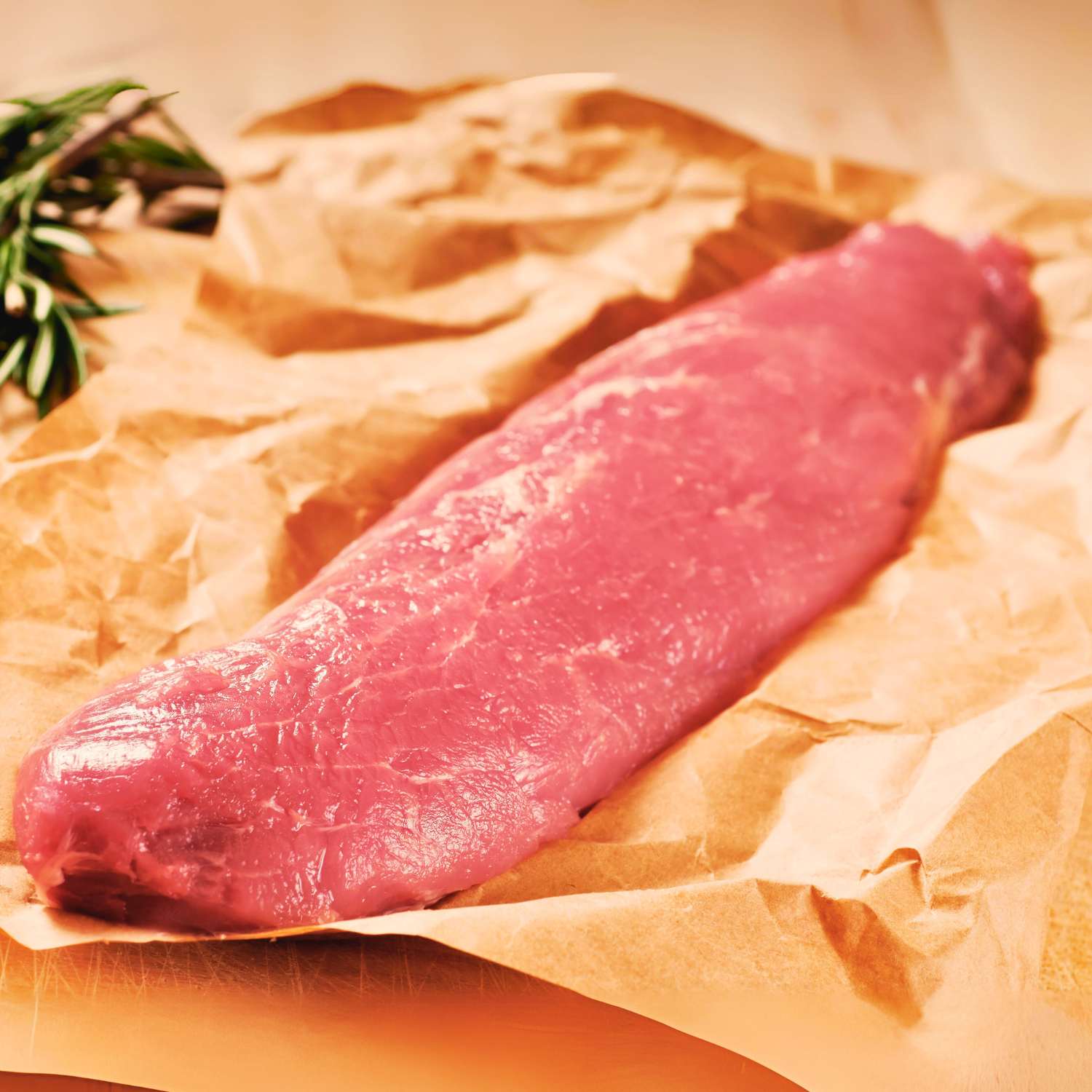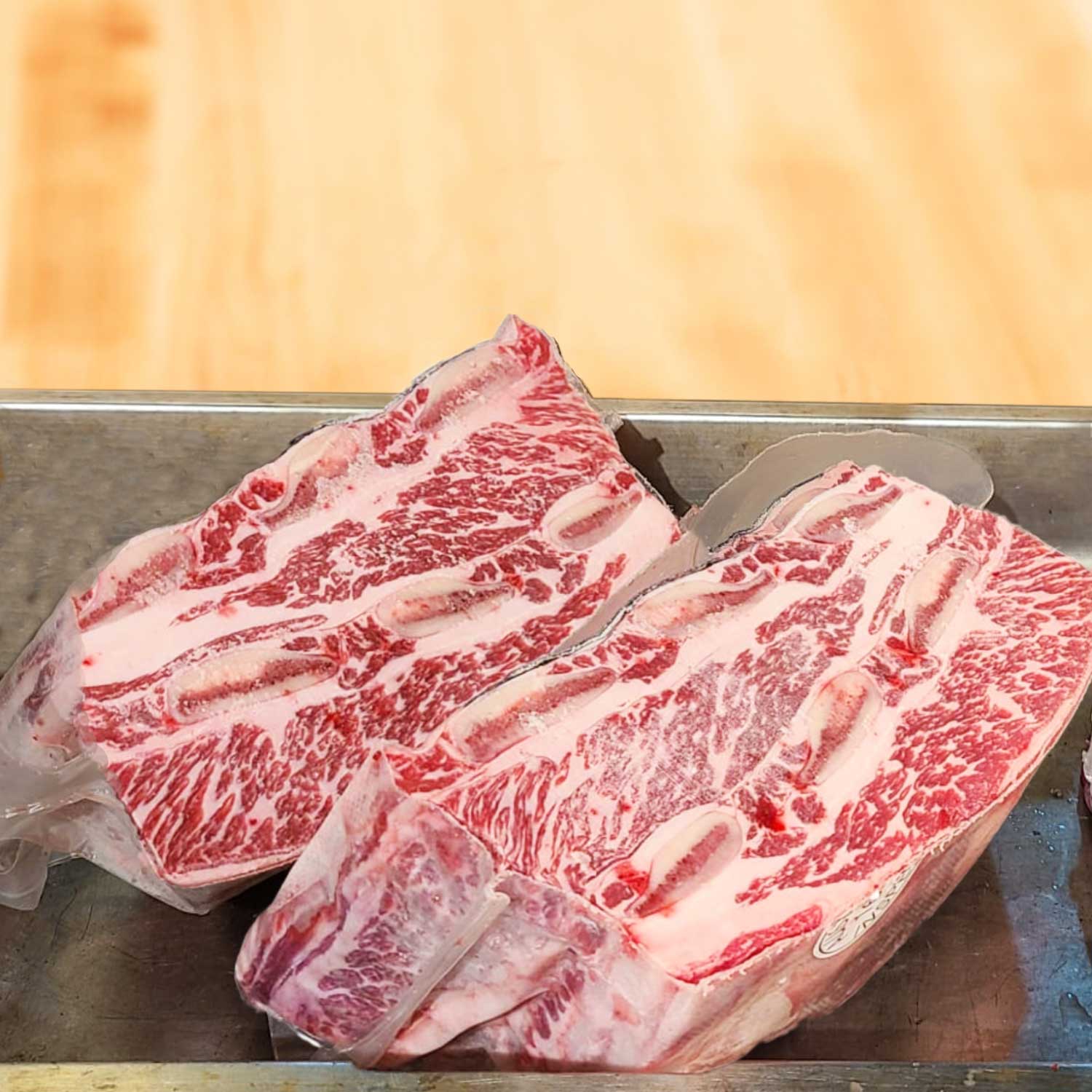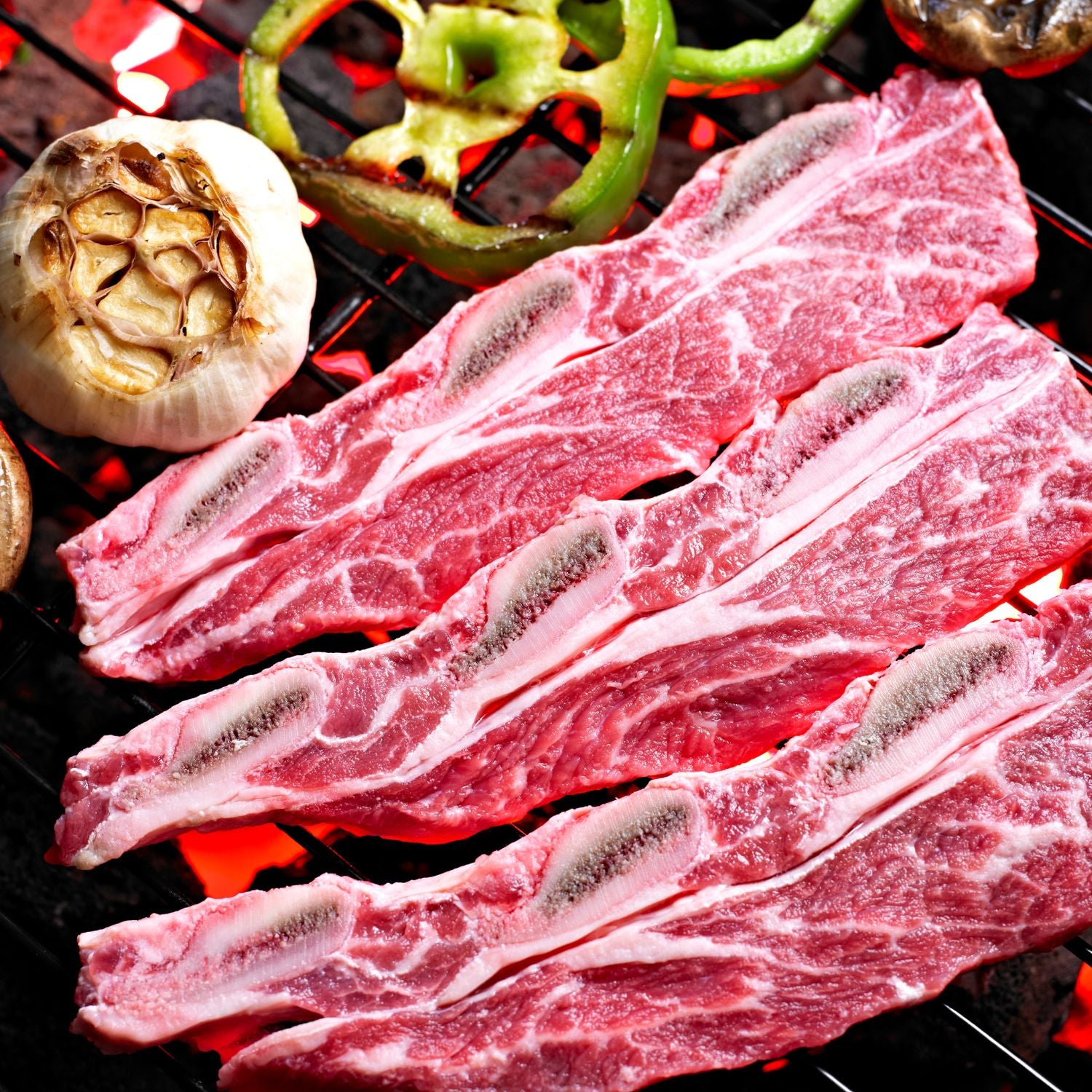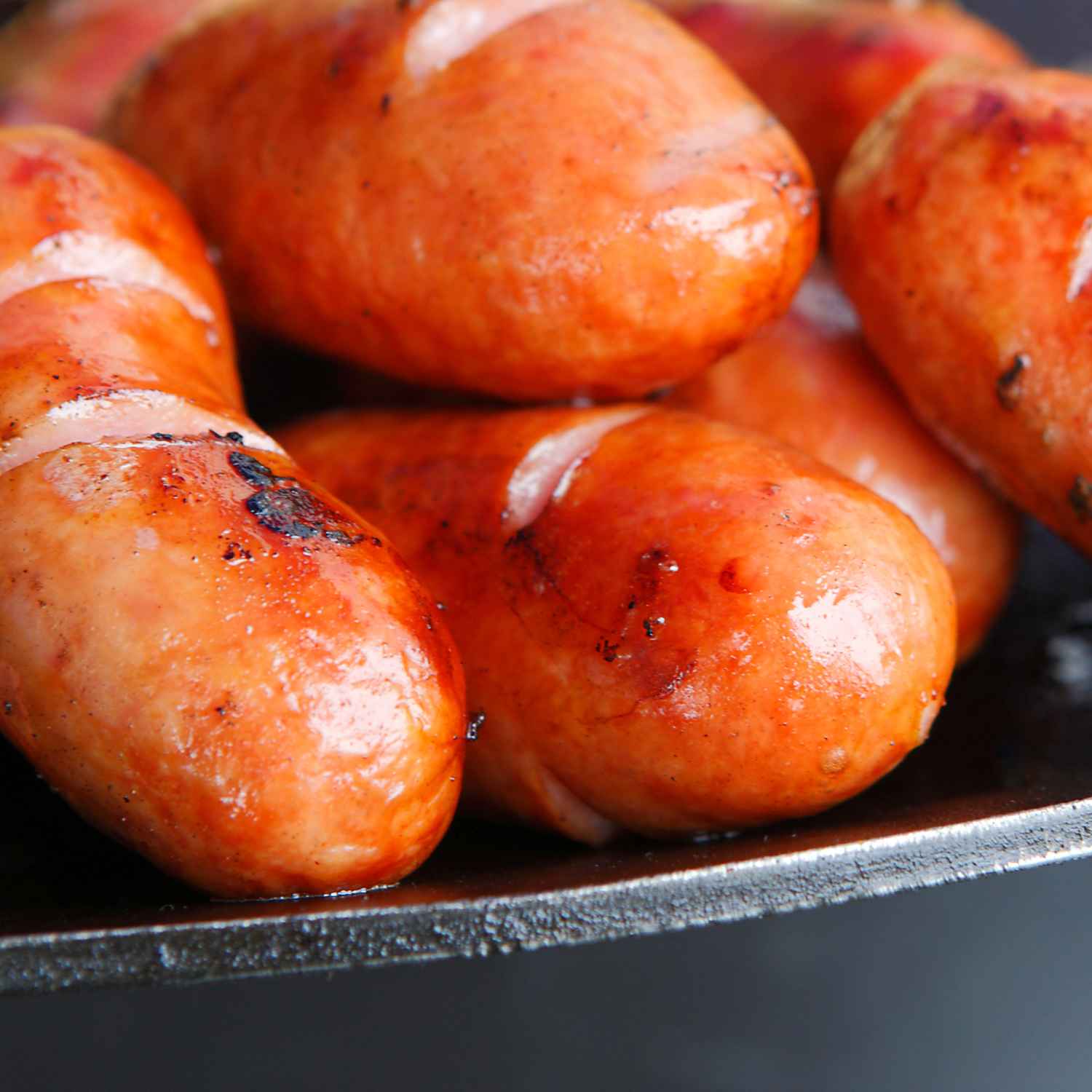The Resurgence of Traditional Meat Cutting Techniques in Hong Kong
Understanding the Ribeye Steak Loin Cut
The ribeye steak loin is a prime cut of beef. It is known for its rich flavor and tender texture. This cut is from the cow's rib section. It spans from the sixth to the twelfth rib.

The ribeye loin's popularity in Hong Kong is growing. Chefs prize it for its marbling. This fat melts during cooking. It gives the steak a juicy taste. People also love this cut for its succulent fat cap. This part adds extra flavor when grilled.
Hong Kong's butchers use careful techniques to prepare the ribeye steak loin. They cut the meat to keep its qualities. This skill comes from methods passed down through generations. It ensures perfect steak slices.
This cut is a top pick for both home cookouts and fine dining. It pairs well with Hong Kong's spices and sauces. The steak makes a fulfilling meal that satisfies meat lovers.
Understanding this cut is key to enjoying Hong Kong's meat scene. It combines tradition with modern tastes. The ribeye steak loin is a symbol of Hong Kong's meat mastery.
The Artisanal Smoking Process of Hong Kong's Lamb
In Hong Kong, the artisanal smoking of lamb is a craft being revived. Chefs use slow smoke to infuse flavor. This method is both ancient and new. Special wood chips are chosen for unique tastes. The smoke cooks the lamb gently, giving it a tender texture. It's a careful blend of time and temperature. Chefs watch over the process closely. This smoking technique turns lamb into a sought-after dish. It links past skills with current tastes in Hong Kong's food scene.
The Culinary Evolution: Integrating Western Techniques with Traditional Chinese Flavors
Fusion of Western Cutting Styles with Chinese Culinary Arts
Hong Kong is revolutionizing its culinary scene. Here, Western butcher methods mix with Chinese cooking traditions. This blend creates unique tastes and textures in dishes. Ribeye steak loins are cut using Western styles. They are then cooked with Chinese spices and techniques. The result? A meat that's both tender and rich in flavor. This east-meets-west approach is gaining popularity. It offers a fresh take on classic recipes. And it's proof of Hong Kong's creative and adaptive food culture.
How Smoked Lamb Renaissance in Hong Kong Is Winning Hearts
The smoked lamb renaissance in Hong Kong captures both tradition and innovation. With the practice of smoking lamb, an age-old technique, chefs are infusing the rich, deep flavors characteristic of Western cuisine into succulent cuts of lamb. This culinary trend is not only a nod to gastronomic heritage but also a taste of modern fusion. By marrying the robust notes of smoked meats with the delicate balances found in Chinese dishes, this trend is creating a new food culture. Hong Kong foodies are falling in love with these unique, bold flavors. As a result, smoked lamb is becoming a star on the menus of top restaurants and a favorite among locals and tourists alike.
Industry Insights: The Impact of Quality Meat Products on the Market
Consumer Demand Shift Towards High-End Meat Products
The meat industry in Hong Kong is changing. More people want top-quality meat like ribeye steak loin. They see it not just as food, but a luxury experience. This change pushes markets to offer finer cuts and choices. It's all about taste, health, and status. As consumers get pickier, shops and restaurants upgrade their meat. They aim to please those who seek the best in dining. This shift shapes how the industry grows and thrives.
The Role of Quality Meat in Gastronomic Experiences and Restaurant Growth
In Hong Kong's vibrant culinary scene, quality meat plays an essential role. High-end cuts like ribeye steak loin have become a staple in upscale dining, significantly contributing to restaurant growth. As customers seek unparalleled gastronomic experiences, establishments that offer premium meats, including artfully smoked lamb, gain competitive advantages. This trend reflects the growing appreciation of the intricate flavors and textures that quality meat can bring to the table.

















